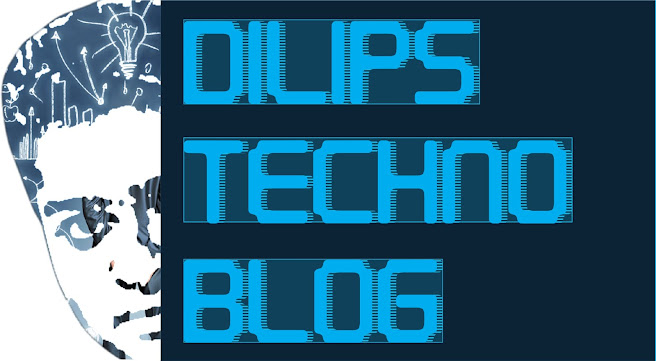About The Author: Rae is a contributor for Fueled and a business analyst at a tech software company here in New York City. A graduate of Tufts University with a combined International Relations and Chinese degree, Rae has also worked abroad in China in the marketing and hospitality fields. She is passionate about travel, food, and writing, of course.
Monitoring
social media interactions is the best way to ensure your child’s online
presence is safe, secure, and without the threat of future consequences.
Additionally, monitoring their communication provides insight into their
psychology, meaning it is a method of flagging any signs of depression or other
concerns regarding the mental health of your child.
When
you just can’t take away your child’s cell phone or tablet to protect them, you
need to know how to monitor your kid’s interactions. Fueled, a London
App Developer shares with you the five best Android apps for monitoring your kids’
online interactions.
Pumpic
Pumpic
is a free app that is especially useful in monitoring the social interactions
that occur from your child’s phone directly (i.e. texts and calls) instead of
through social media apps. From monitoring call logs and text messages to
checking contacts, this is a great software for covering the most basic of
social interactions.
More
suited for younger children, YouTube Kids is a child-friendly version of the
traditional YouTube application with larger buttons and an easier to navigate
menu of only four categories of videos: Shows, Music, Learning, and Explore.
Parental controls include setting a timer to let your child know when
video-watching time is up and restricting search capabilities. For parents of
older kids, YouTube provides parental control settings, accessible by tapping
the three dots in the top right hand corner and searching for SafeSearch.
Net Nanny
For
a more comprehensive control experience, Net Nanny is a software that enables
full control over internet filters, profanity protection, and most importantly,
social media. Their built-in social media tool gives parental access to all of
their kids’ social media accounts, along with all activities on their accounts.
The tiered pricing structure for Android devices (based on number of devices)
is reasonably priced and gives one of the most holistic monitoring experiences
from any Android app.
uKnowMobile
While
providing the traditional monitoring tools of text and call tracking, as well
as app download records, the social media tools of uKnowMobile are some of the
most comprehensive, with full integration and surveillance over the most
popular social media apps: Facebook, Instagram, and Twitter. What’s most unique
about it is the app’s reporting and analytics feature which provides parents
with data reports regarding their children’s digital usage.
TeenSafe
Outside
of the usual monitoring tools, the highlights of TeenSafe include the ability
to view deleted text messages and integration into a greater variety of social
media apps. The application emphasizes surveillance over textual content more
so than any other app on the list and expands its coverage into apps like
WhatsApp and Kik Messenger.
With
89%
of teens
using social media daily and this number only continuing to grow, the threats
from cyber-bullying, predators, and other online dangers become all the more
prevalent. Beyond these dangers, the psychological consequences of using social
media sites and other forms of virtual communication is equally concerning.
Using these tools to actively (to whatever extent you wish) monitor your child
can diminish all of the threats posed by virtual social interactions.

Mail me for Guest Posts in dilipstechnoblog.com (dilipgeoffrey@gmail.com)


